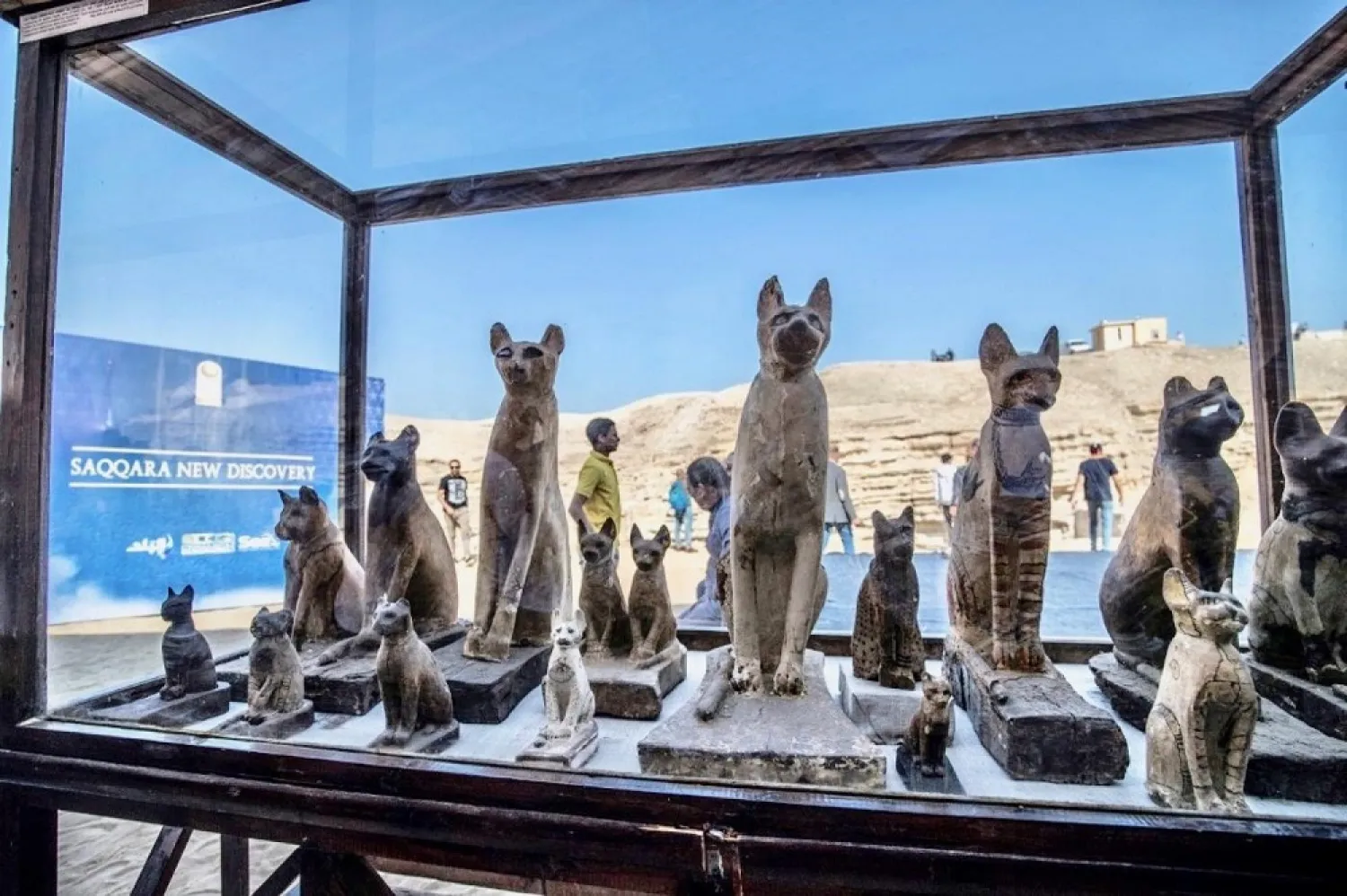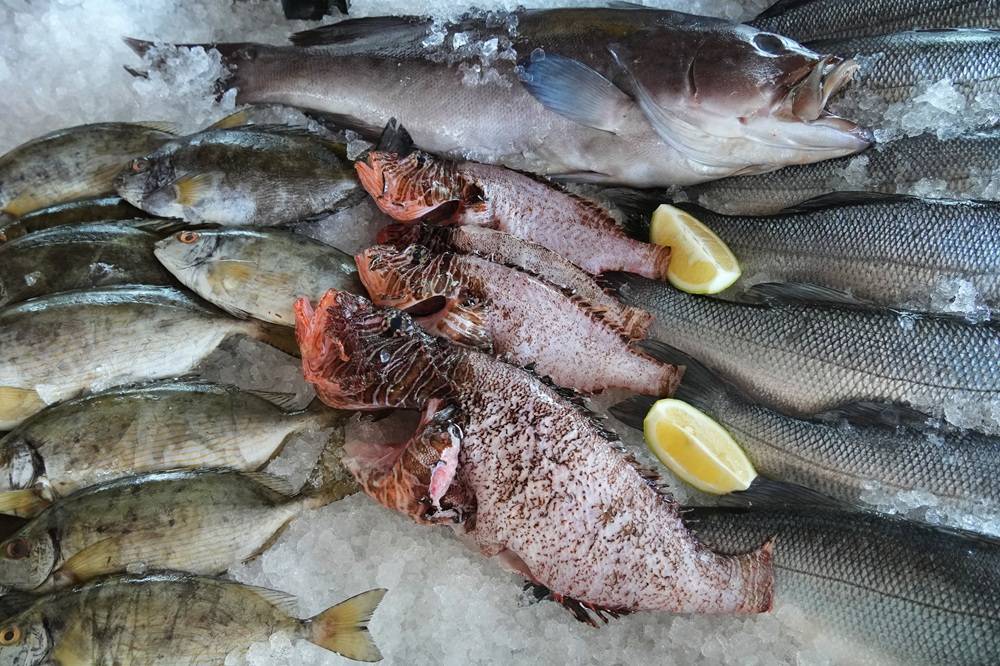On the eastern shore of the Nile River and the northern side of the Luxor Temple, stands the Mummification Museum, one of the largest specialized museums in Egypt that explores the land of the dead and the golden rays of the sun.
The museum exclusively documents the mysteries of embalming – one of most valuable secrets of ancient Egypt. It is celebrating its 25th anniversary by offering free workshops for visitors to allow them to learn about its history, archeological acquisitions, and boost their touristic and archeological knowledge. The workshops provide presentations that simulate the embalming process and tools in ancient Egypt, coffins, and deities from the other world.
Extending over 2,000 square meters, the Mummification Museum was inaugurated on May 7, 1997. It houses one gallery exhibiting around 73 antiquities providing an inclusive definition of the whole embalming process and explaining the religious value of embalming and the related rituals from the Old Kingdom until the Late Period. It also displays many mummification tools, Canopic jars collection, adorned coffins, amulets, deities’ statues, and funerary drawings.
The museum also exhibits many human mummies, as well as a collection of animal mummies including crocodiles, cats, and fish.
The Mummification Museum is the only museum specialized in documenting the mummification processes in ancient Egypt, said Mohammad Shehata, director general of the museum.
He told Asharq Al-Awsat that “the museum shed lights on the embalming process from death until the end of the burial ceremony, which spanned 70 days.”
“The priests who led the embalming processes were carefully selected based on specific qualifications, including good manners, and good medical and anatomical skills. They carried out embalming processes in the embalming house, or what the ancient Egyptians used to name ‘the beautiful house’, inside the Karnak Temple, where they used to undress the dead before purifying him with the water of the temple’s sacred lake, remove his insides, and cover his body with Natron salt,” explained Shehata.
The brain was extracted from the nasal cavities after breaking the ethmoid bone using a screwdriver-like tool and a spatula, while leaving the heart due to religious beliefs.
Shehata acknowledged the negative impact the coronavirus pandemic and global inflation had on tourism in Luxor. He added that the inauguration of the Avenues of the Sphinxes helped boost tourism for a few months before the eruption of the Russian war on Ukraine.
Among the prominent exhibited antiquities at the museum is the mummy of priest Masherti, son of King Pinedjem from the 21st Dynasty, who served as a senior Priest of Amun in Thebes and an army commander.
The museum also displays a column known as the "spine of God Osiris", mummy cases of High Priest of Amun from the 21st Dynasty, two wooden statues of deities Isis and Nephthys, and wooden boxes used inside tombs to preserve statues.










